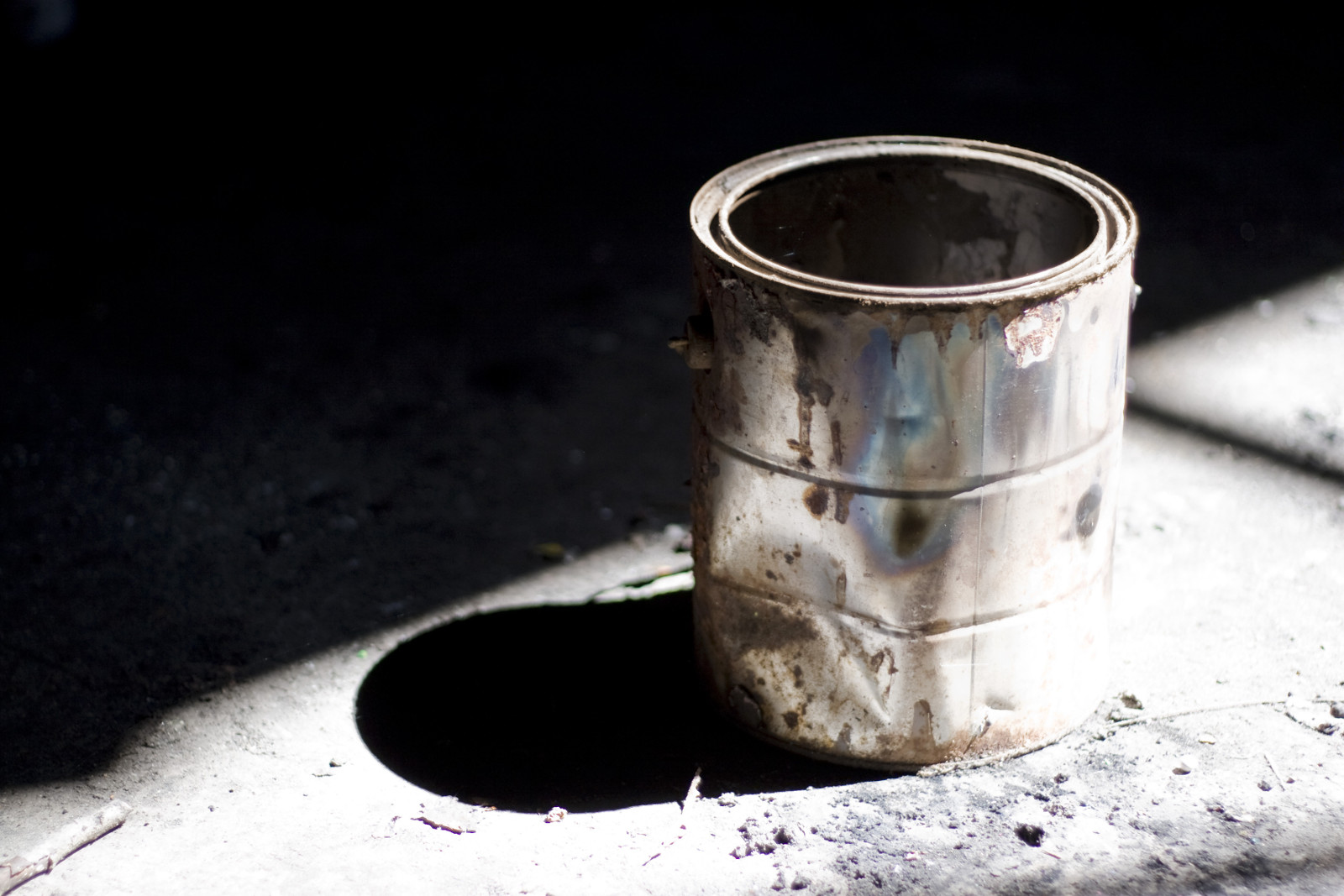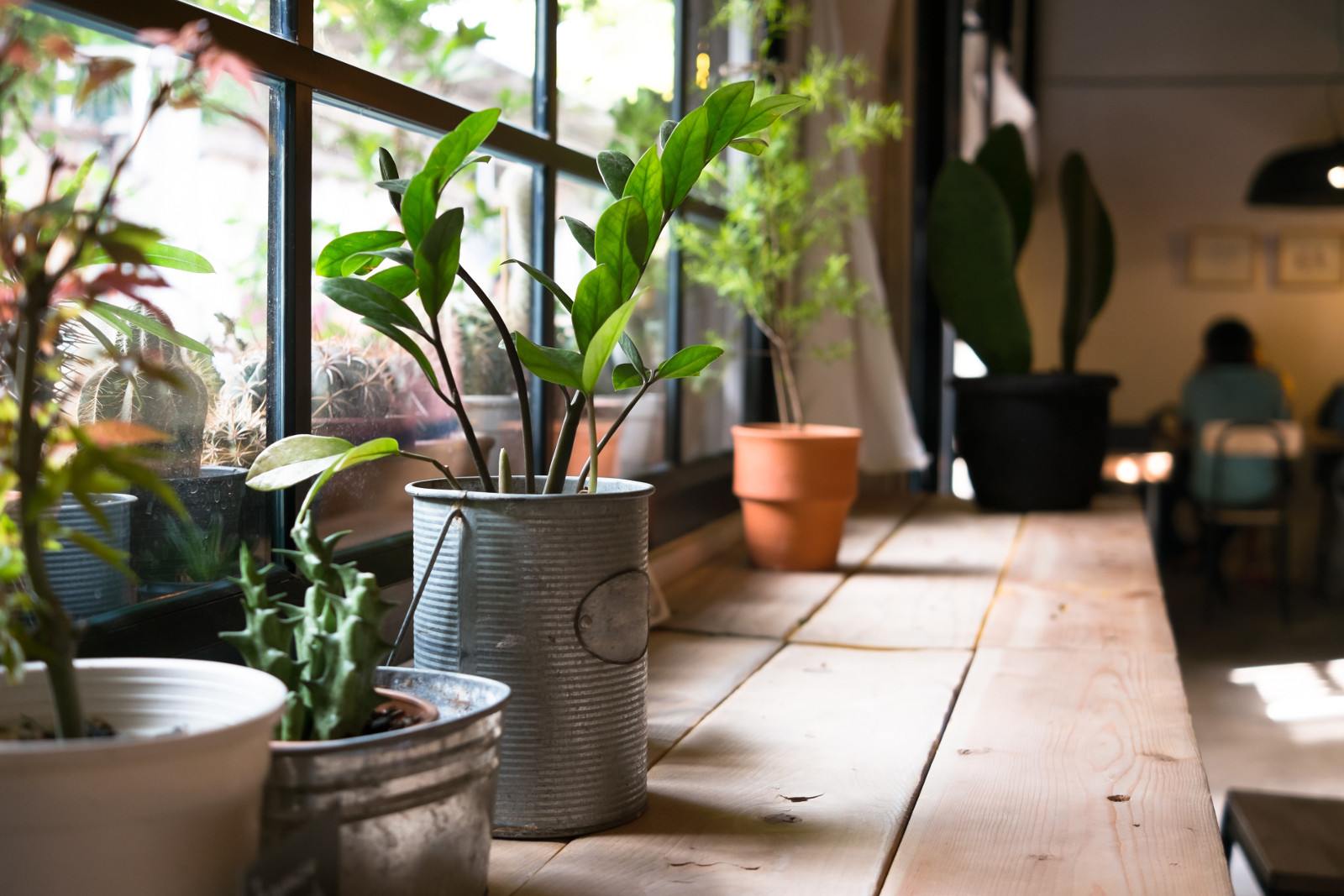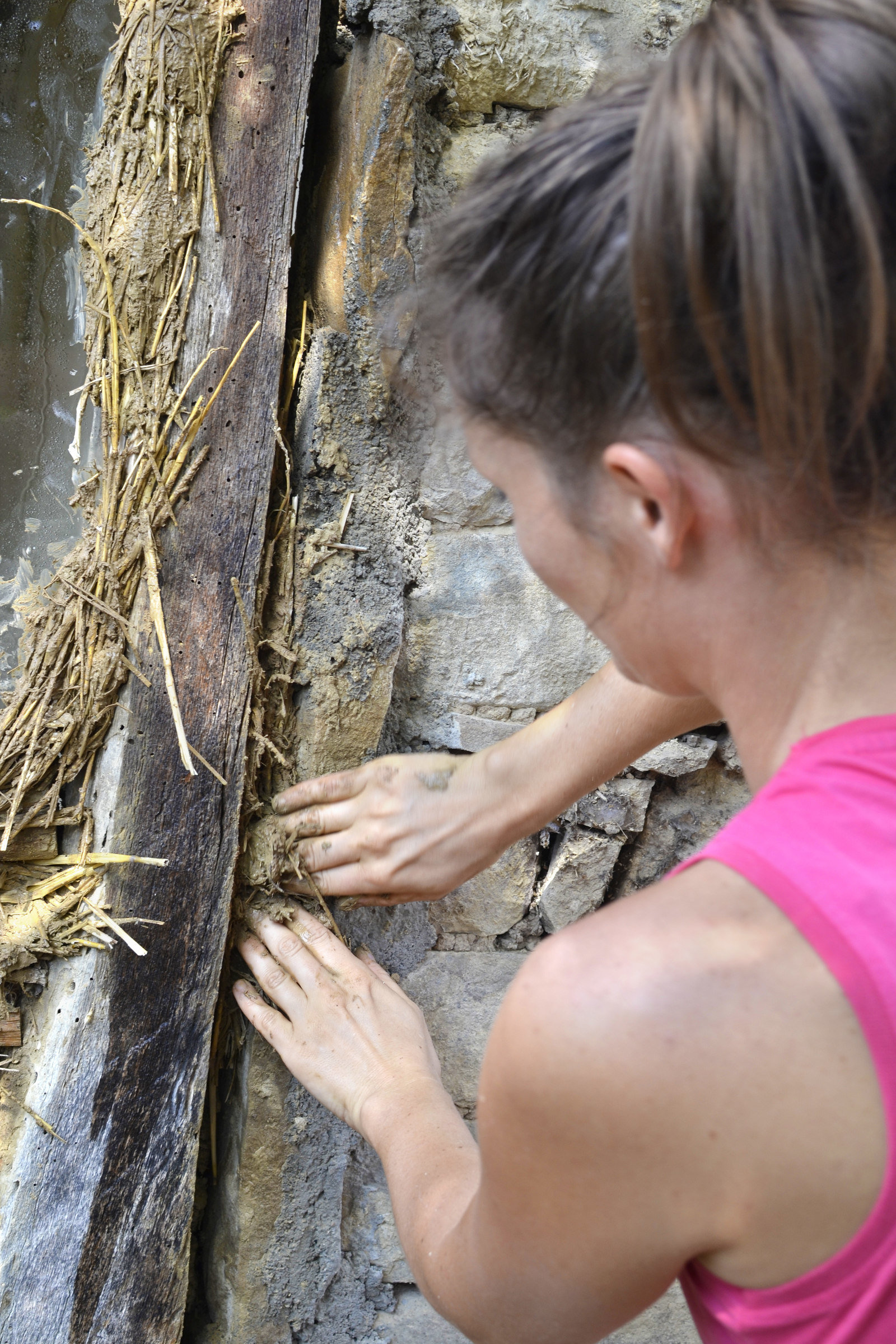Somehow or another, the modern-day industrial world in which we live in convinced us that dirt is unclean, impure, and well… dirty. We worry when we see our children headed for a mud puddle, we agonize when a mud footprint makes its way onto our kitchen floor, and we’ll gladly walk an extra couple strides on the sidewalk to avoid even a step or two through the dirt.
The idea of actually living in a house made from dirt is unthinkable to most people, despite the fact that mud has provided shelter to the vast majority of humans throughout history. But maybe it is time for us to rethink our “mud-phobia”.
Most of the houses that we live in today are built and finished with dozens of materials that are toxic both for our own health and for the health of the natural world. They may appear clean and comfortable, and make us feel as if we are protected from the disorderliness of the world of rain and mud, but the unseen chemicals that fill these homes deserve our concern.
Toxins in modern housing
When we walk into a recently finished new home, we may marvel at the “fresh new-home” smell. Unfortunately, that smell is probably rising from the combination of several poisonous materials that are still leaching their toxic gasses into the home. The list of toxic materials used in modern housing is filled with carcinogens, neurotoxins and other poisons that cause reproductive disorders, all of which lead to an increasingly unhealthy society.
There are literally hundreds of strange chemicals with-hard to-pronounce names that could be used in your home, but we will look at two of the most common.

VOC’s
Volatile, organic compounds (VOC’s) are found in almost every type of paint used in the modern day construction business. When these VOC’s are inhaled they can cause a whole host of repercussions to your health including irritation to the eyes, nose and throat and can even lead to cancer and central nervous system damage.
Formaldehyde
You probably remember that formaldehyde was a pretty disgusting smelling substance that you used in your high-school biology class when you dissected a frog. What you don’t know is that large levels of formaldehyde are probably hidden within your house. Formaldehyde is commonly used in pressed wood products like plywood, particle board and other paneling.
Though the formaldehyde in your plywood might not smell like the form you dismembered in high-school, it is extremely dangerous and can cause respiratory problems. Furthermore, it is a known carcinogen in elevated levels.

Health benefits of natural and ecological construction
Ecological construction or natural building is focused on creating living spaces where you and your family won’t be exposed to toxins that cause you asthma, skin irritation, or different forms of cancer. Furthermore, this building method focuses on using natural materials that can be locally sourced and that are friendly to the environment.
The modern day housing industry is extremely energy inefficient and accounts for close to 40% of all the energy used in the United States. Furthermore, almost a third of all waste comes from construction related pollution. Apart from being toxic to your body, this housing situation is clearly unsustainable and thus detrimental to the health and balance of the natural world as well.
Ecological construction contributes to the health of the environment by sourcing materials locally that are non-toxic and easily recyclable. Whereas the modern day construction industry usually fills multiple dumpsters with waste that goes to landfills, the “waste” from a house made from the earthen materials will return to where it came from.
Earthen construction is one of the most common forms of natural building. Traditional adobe, wattle and daub and cob are three different methods of building homes with nothing more than earth, water and straw or some other type of fiber.
All three of these forms of natural construction allow for a much improved indoor air quality that is beneficial for people who suffer from asthma and other respiratory related diseases. Not only do these naturally built homes not contain formaldehyde, asbestos, VOC’s, and the dozens of other chemicals leaching dangerous toxins into the air, but the earth itself is a natural air filter.
One of the unique aspects of earthen construction is that it “breathes” through microscopic pores. This keeps the air inside the house fresher and free from allergens. While some people may worry about the possibility of mold forming in an earthen house in a wet climate, this same breathability allows earthen walls to absorb and evaporate water without the formation of molds or mildews.

Building with cob
Cob is an earthen construction technique that originated in England several hundred years ago. It combines clay, sand, water and straw/fiber into a homogeneous mixture that can then be molded into a variety of shapes and designs.
What sets cob apart from other types of earthen construction such as adobe is that it is generally considered to be stronger and anti-seismic. Whereas adobe housing is made from individually made bricks that are “glued” together with mud mortar, cob construction avoids these masonry joints altogether. Cob then is more like reinforced poured cement offering a single, continuous wall structure without any “glued” connections. The individual grains of sand mixed with the clay give cob its compressive strength while the abundance of straw or other fiber gives it a high level of tensile strength.
Furthermore, the sand and clay in cob construction is carefully mixed in correct proportions to avoid cracking and give the aggregate maximum strength. Typically, cob walls contain 20-30% clay and 70-80% sand.
Cob is usually mixed by foot, though it can be mixed with tractors or in cement mixers as well. Since there are no square forms or bricks, cob walls can be built in any number of shapes, allowing for curved walls, built-in book shelves and a number of other design possibilities. For people with an artistic hand, cob lends itself to sculpting. Simply wet down your wall and you can transform a boring, straight wall into a sculpted piece of artwork.

Cob construction and building codes
So you are ready to build your own home out of the mud beneath your feet, but what about building codes? Nothing could be worse than finishing your own hand-built home only to have the courts order you to tear it down the next day.
Building codes vary from place to place, but in the United States almost no building codes explicitly prohibit building with cob. They may require you to hire an engineer or licensed contractor to oversee and approve your blueprints. If you can find a builder sympathetic to the cause of natural building, you may only need his or her stamp of approval to avoid any problems.
Furthermore, many local building codes do have specific instructions for adobe construction, and you can argue that cob is simply a form of “improved adobe.” In places where adobe construction is common, you may even be able to get a permit without the stamp of approval from a licensed contractor.
Lastly, there are loopholes in any building code that you can take advantage of. If your cob house is under a certain square footage, you may not even need a permit. Many rural areas are also free from any sort of building restriction. If you plan on building an earthen home in downtown Manhattan, you will probably run into problems. If, however, you choose a rural setting for your natural home, you most likely will not run into any problems.

How to get started with cob building
If you are ready to get your feet dirty building your own cob house, “The Hand Sculpted House” is a great manual that explains in detail and in an easy-to-understand language the specifics of cob construction. It goes over everything – from building foundations, to the actual building of the walls, to putting on a roof and adding the finishing touches.
In summary
As long as you keep your earthen home well protected from the rain, it should last several lifetimes, much longer than your typical plywood and 2×4 home. Furthermore, since the earth beneath your feet is free, you can avoid long term debt while building a chemical-free home, crafted with your own hands that your grandchildren will one day enjoy.
